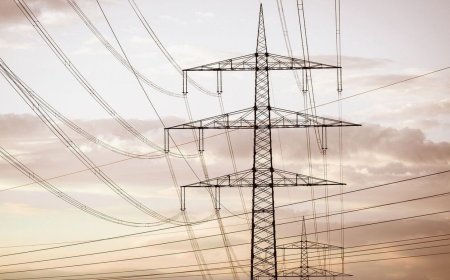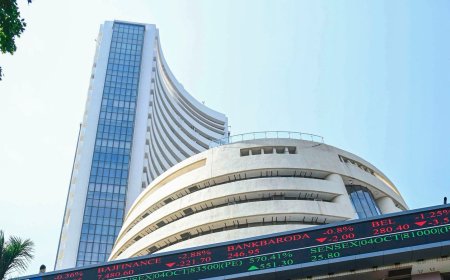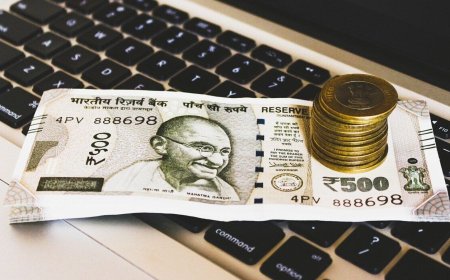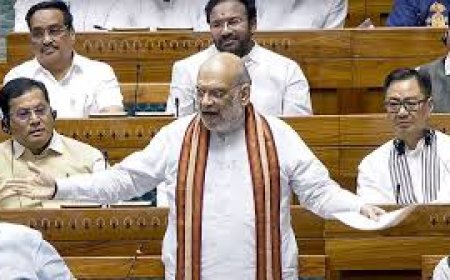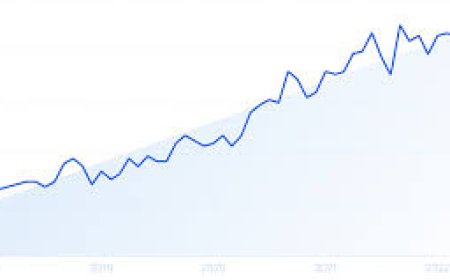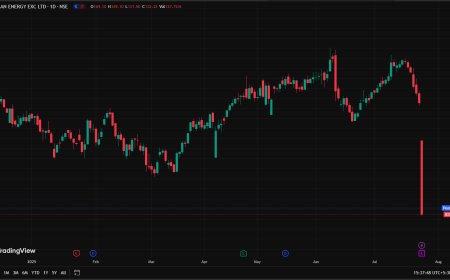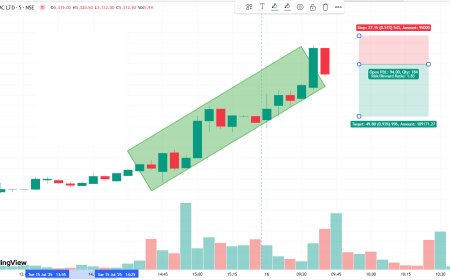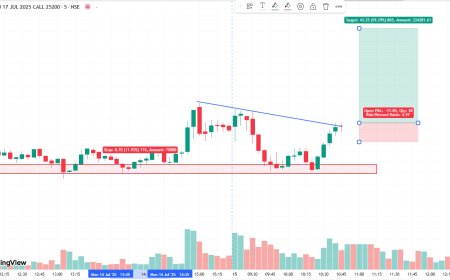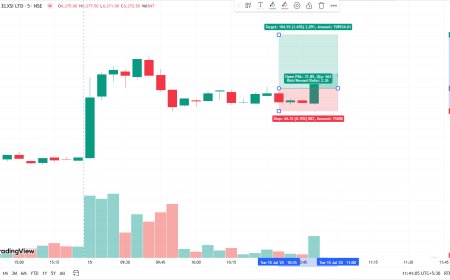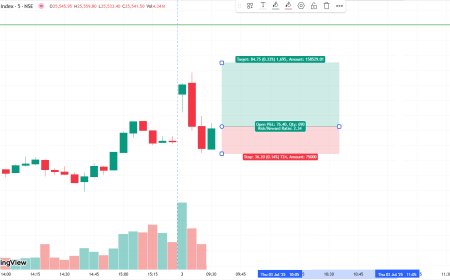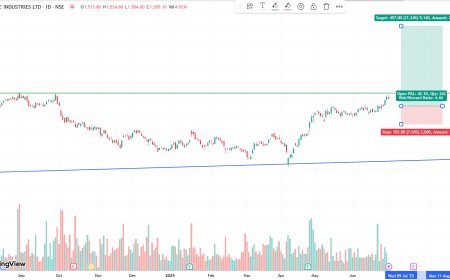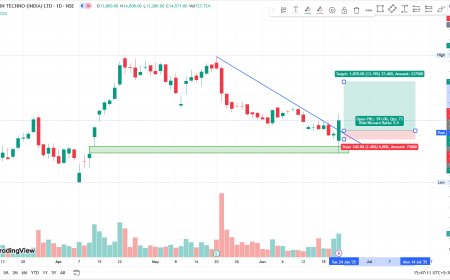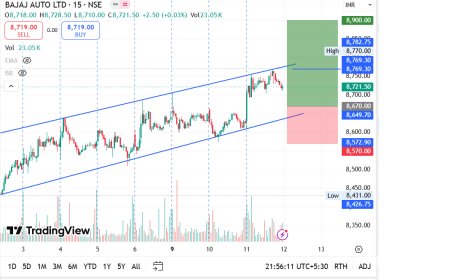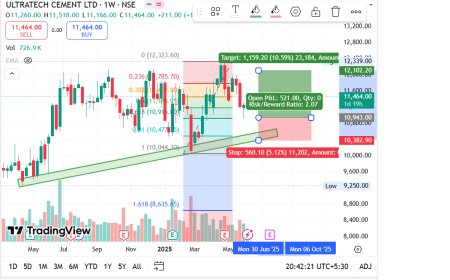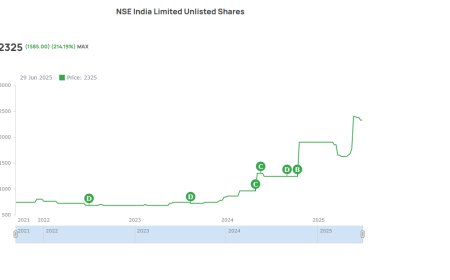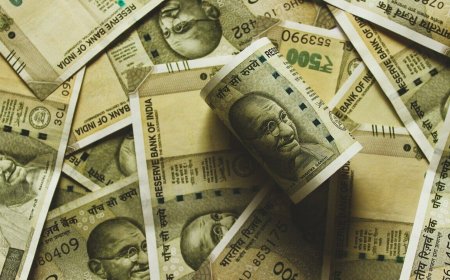India Set to Become World’s Third-Largest Economy in 2025, Eyes Top Spot by 2045
India is on the brink of surpassing Japan and Germany to become the world’s third-largest economy by 2025, with experts projecting it could be the largest by 2045, fueled by consumption, innovation, and demographic strength.

Economic Milestone: India Poised to Become World’s Third-Largest Economy by 2025, Could Overtake All by 2045
By ASJ News Desk
Published: May 2, 2025
In what marks a historic turning point in global economic dynamics, India is projected to become the world’s third-largest economy within a year, overtaking both Germany and Japan. The nation's economic rise is no longer a distant dream—it is now backed by hard data, global validation, and an unstoppable momentum that places India on a path to become the largest economy by 2045.
This milestone comes at a time when traditional powerhouses like the U.S., China, Germany, and Japan are grappling with aging populations, geopolitical tensions, and slowing productivity. In contrast, India offers a unique blend of demographic dividend, consumption-driven growth, digital transformation, and policy reforms—a combination fueling what some experts are calling "India’s economic super-cycle."
The Big Leap: From Fifth to Third
India currently ranks as the fifth-largest economy in nominal GDP terms, behind the U.S., China, Germany, and Japan. However, projections by organizations like the International Monetary Fund (IMF), World Bank, and S&P Global suggest that India will overtake Germany in 2024 and Japan by early 2025, making it the third-largest economy in the world.
🔹 India's Current Economic Standing (as of FY25):
| Country | Nominal GDP (USD Trillions) |
|---|---|
| United States | 28.1 |
| China | 18.3 |
| Japan | 4.4 |
| Germany | 4.3 |
| India | 3.9 |
With a projected GDP growth rate of 6.5–6.7% in FY26, India is set to cross the $4.6 trillion mark, leapfrogging Germany and Japan in the rankings.
What’s Driving the Surge?
India’s rise isn’t accidental. It is powered by a convergence of key macroeconomic factors, all coming together at the right time:
1. Demographic Advantage
India has the youngest working-age population among major economies. Over 65% of the population is under 35, making the country a productivity powerhouse for decades to come. This is in stark contrast to China, Japan, and most of Europe, where populations are aging rapidly.
2. Consumption-Led Growth
India’s growth model is fundamentally driven by domestic consumption. Urbanization, rising disposable incomes, and aspirations are driving strong demand in retail, automobiles, housing, and financial services.
3. Reform-Oriented Governance
Over the past decade, the Indian government has rolled out reforms in taxation (GST), digitization (India Stack), banking (Jan Dhan Yojana), and manufacturing (PLI schemes). These reforms are creating a more formal, transparent, and efficient economy.
4. Tech & Digital Adoption
India is now home to over 850 million internet users. The digital infrastructure—from UPI and Aadhaar to the new ONDC commerce platform—is revolutionizing service delivery, creating massive gains in productivity and financial inclusion.
5. Geopolitical Tailwinds
With rising tensions between China and the West, global manufacturers and investors are increasingly looking at India as a reliable alternative. This “China+1” strategy is helping India attract record foreign direct investment (FDI) in manufacturing, electronics, and renewable energy.
What Experts Are Saying
“India’s structural fundamentals are among the strongest in the world today. We expect it to not only overtake Japan and Germany by 2025 but challenge China’s growth supremacy in the next two decades,” — Kristalina Georgieva, IMF Managing Director.
“The potential is real. With reforms, India could become a $10 trillion economy by 2035 and possibly the world’s largest by 2045,” — Ruchir Sharma, Global Investor & Author.
“India has transitioned from being the back office of the world to becoming an innovation hub. Its economy is now firing on all engines,” — Arvind Subramanian, Former Chief Economic Advisor.
India vs. China: The Battle for Economic Supremacy
While China’s GDP is currently 4.5 times larger than India’s, that gap is narrowing. China is facing headwinds such as a property crisis, shrinking workforce, rising debt levels, and geopolitical decoupling. India, on the other hand, is gaining steam just as the global order is reshuffling.
Key Contrasts:
| Metric | India | China |
|---|---|---|
| Avg. GDP Growth (Last 5 Yrs) | 6.8% | 4.9% |
| Median Age | 29 | 38 |
| Ease of Doing Business Rank | 63 | 31 |
| Internet Users | 850 million | 1.1 billion |
| FDI Inflows 2024 | $94 billion | $130 billion |
India still has a long road to go, but it’s traveling that road faster, smarter, and with fewer structural fragilities.
India 2045: Vision of the Largest Economy
Looking ahead, if India maintains a compounded annual GDP growth of ~7%, and if the rupee stays relatively stable, the economy could surpass both China and the U.S. by the early 2040s, becoming the world’s largest economy.
This would require:
-
Continued policy consistency.
-
Massive upskilling and education reforms.
-
Infrastructure upgrades across urban and rural regions.
-
Expanding green energy and digital infrastructure.
-
Increasing female workforce participation.
Key Sectors That Will Power Future Growth
| Sector | 2025–2045 CAGR Outlook |
|---|---|
| Digital & Tech Services | 12% |
| Renewable Energy | 10% |
| Healthcare & Pharma | 9% |
| Fintech & BFSI | 11% |
| Manufacturing (PLI-based) | 8.5% |
| Agri-Tech & Food Supply | 7% |
What It Means for Businesses and Investors
For corporates and investors, this economic shift is a golden opportunity. India offers a growing, tech-savvy consumer base, improving business climate, and one of the largest untapped middle-class markets.
Global giants like Apple, Tesla, Google, and Amazon are already expanding their footprint in India. Domestic companies such as Reliance, Adani, Tata, and Infosys are scaling globally, signaling confidence in India’s long-term growth.
The Indian Century Has Begun
India’s journey from a $2 trillion economy in 2014 to potentially the world’s largest economy by 2045 is not just a statistical transformation—it’s a story of resilience, reform, and resurgence.
From aspiring to arriving, India is writing a new economic script, not just for itself but for the emerging world. The coming decades belong to nations that can innovate, include, and inspire—and India stands ready on all three counts.
As we step into FY26, one thing is becoming increasingly clear: this is not just India’s decade—this could be India’s century.
What's Your Reaction?
 Like
0
Like
0
 Dislike
0
Dislike
0
 Love
0
Love
0
 Funny
0
Funny
0
 Angry
0
Angry
0
 Sad
0
Sad
0
 Wow
0
Wow
0


